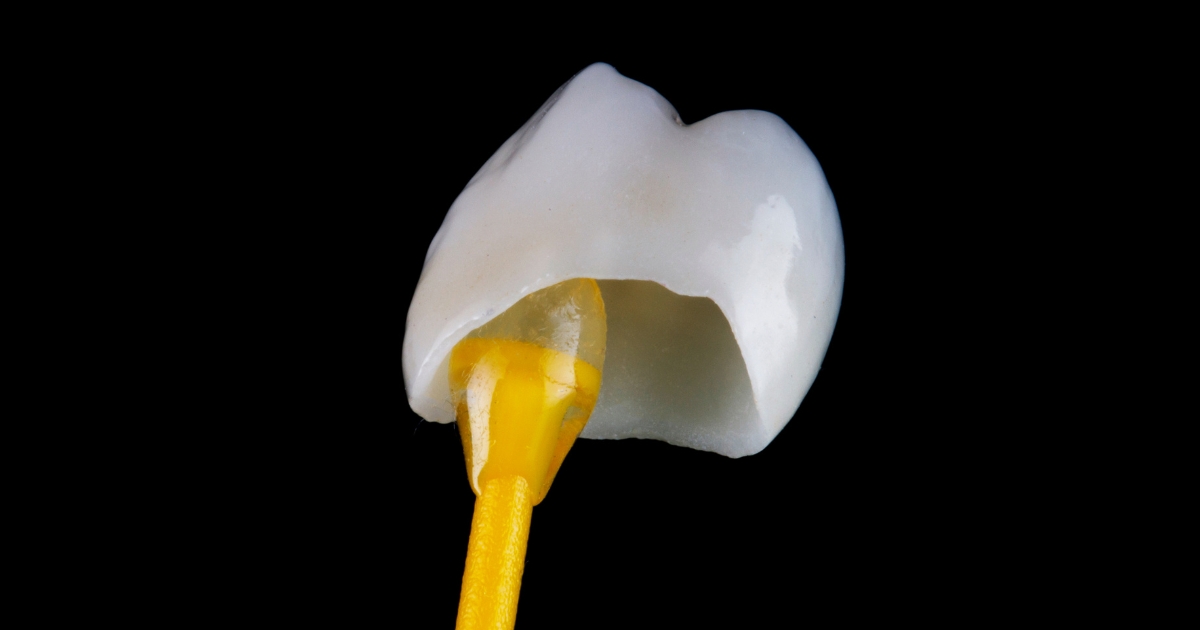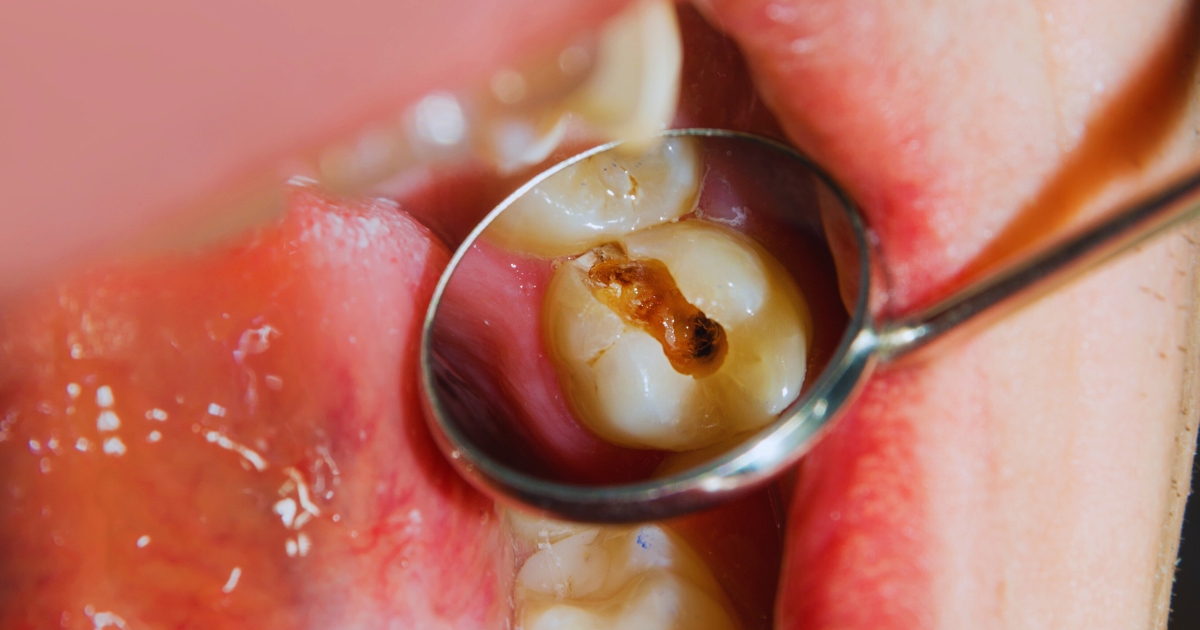Call Us Today 817-737-7668

An ideal smile has the ability to give one an instant boost in confidence. Excess gum tissue is capable of disguising lovely teeth. Here comes the role of crown lengthening. The technique significantly recontours the gumline. In addition, it reveals additional tooth structure.
Dentists use it for aesthetic and functional reasons. It is often required for restorative procedures if a tooth has insufficient surface area for a crown. Others want this dental procedure to correct a “gummy” smile.
Symptoms of Crown Lengthening and When Should Be Avoided
Indications
- Excessive gum tissue over the teeth can result in a “gummy” smile.
- Short clinical crowns interfere with adequate restorations.
- Teeth fractures below the gum line need to be exposed for repair.
- Deep cavities where the dentist requires greater access for fillings or crowns.
- Asymmetrical gum lines impacting smile aesthetics.
Contraindication
- Inadequate bone support that has the ability to compromise the tooth’s anchorage.
- Severe periodontal disease, since the procedure can aggravate the problem.
- Some medical conditions like uncontrolled diabetes or immune disorders.
- Situations where orthodontic extrusion might be an even better option.
A dentist’s careful assessment decides on the optimal strategy. Crown lengthening is not always the best option. However, thoughtful consideration guarantees the best outcome.
Techniques of Crown Lengthening
Surgical Crown Lengthening
- Traditional Gingivectomy – This eliminates excess gum tissue with a scalpel. Ideal for minor cases.
- Apically Positioned Flap Surgery – It elevates gum tissue, recontours it, and positions it lower. This treatment is utilized for major adjustments.
- Ostectomy and Osteoplasty – It recontours both gum and underlying bone for improved tooth exposure. This is required for functional restorations.
Laser-Assisted Crown Lengthening
- This option utilizes laser technology to eliminate excess tissue with accuracy.
- It is minimally invasive and minimizes discomfort and healing time.
- The treatment is preferred for aesthetic enhancements without bone change.
A dentist selects the optimal approach based on the patient’s requirements. Crown lengthening is of different complexities, yet all procedures target maximum results.
Step-by-Step Crown Lengthening Procedure
This Involves Preoperative Evaluation and Planning
Dentists examine bone and gum structure using X-rays and digital imaging. They then consider a personalized treatment plan that guarantees the optimal result.
Dentists Opt for Surgical Process
Once done, dentists use a local anesthetic to anesthetize the site. Incisions reveal gum and bone where necessary. They remove excess tissue and reform the site. Sutures fix the new gum position.
They Focus on Postoperative Care and Healing
Patients can expect gentle swelling and tenderness. Good oral hygiene and soft foods facilitate recovery. Healing takes a week or two, and follow-up ensures effectiveness.
A dentist oversees the healing process. Crown lengthening takes time. However, it is worth it.
Advantages of Crown Lengthening
Crown lengthening improves the smile’s aesthetics by eliminating excess gum tissue. It significantly enhances access for dental restorations such as crowns and fillings. This treatment prolongs tooth life by preventing further deterioration.
Its functional and aesthetic improvements make crown lengthening a valuable procedure. Consulting a dentist helps determine its necessity.
A gorgeous smile is synonymous with healthy gums and tooth balance. Crown lengthening achieves that by revealing more tooth structure. Its functional, restorative, and cosmetic advantages make it a favorite and go-to procedure.
Familiarity with the techniques, risks, and recovery process ensures well-informed choices. For optimal results, talk to our proficient dentists.





